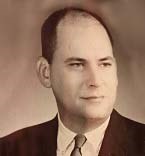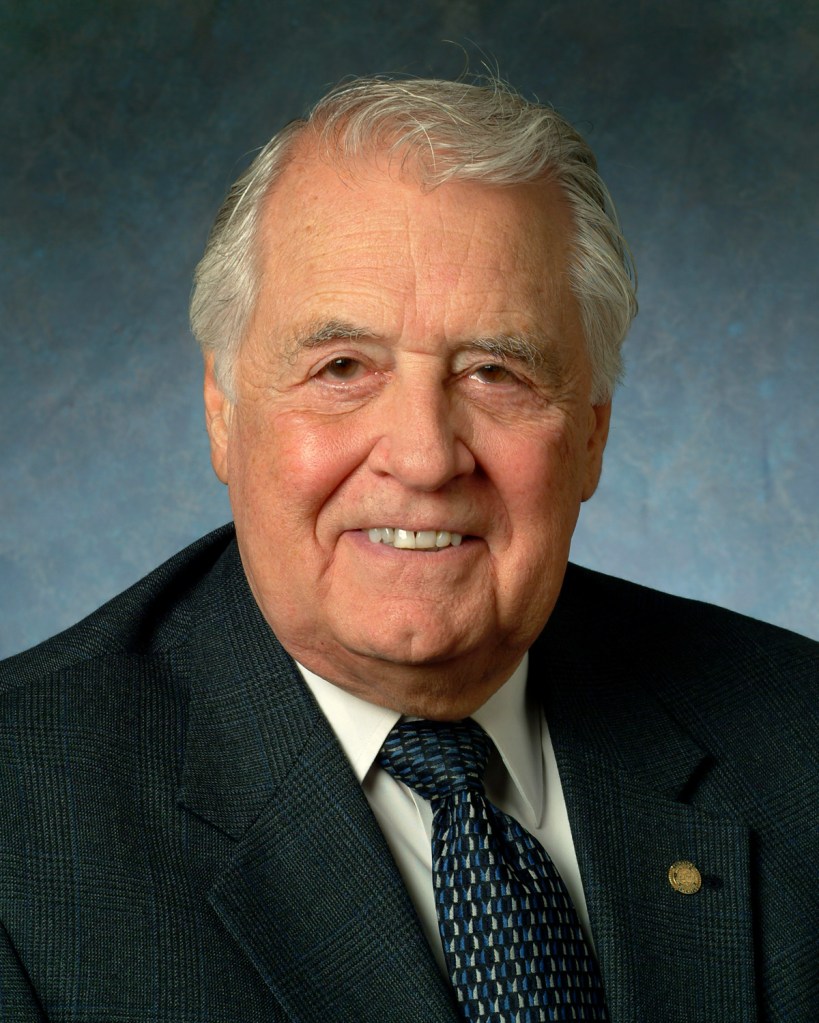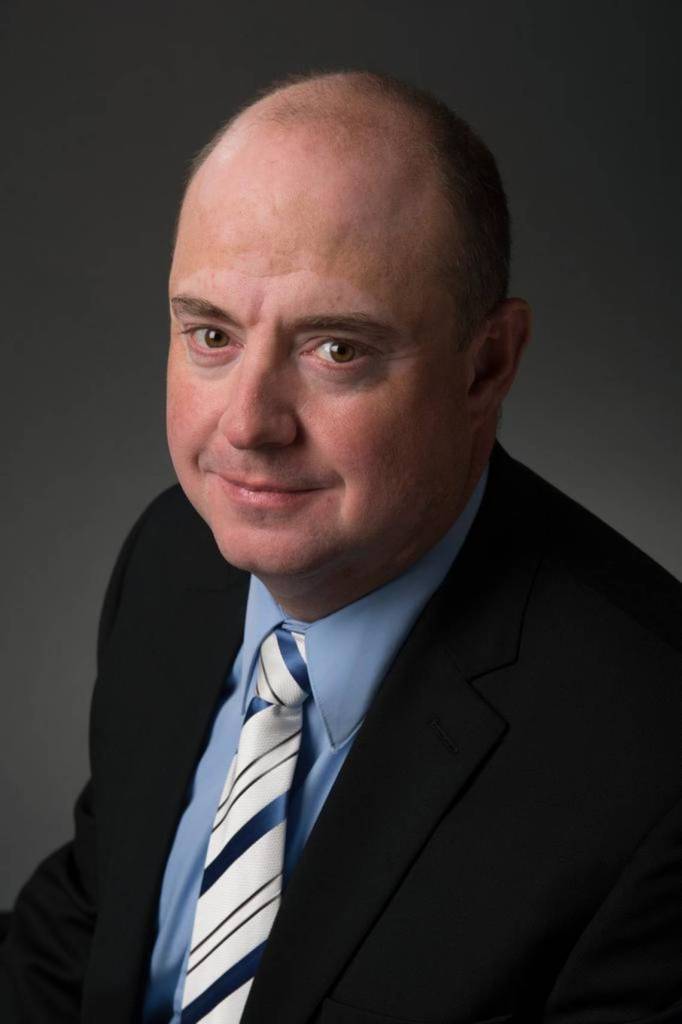The best thing that can happen for this community as far as David Jungerman is concerned is for him to be transferred from the Jackson County jail to the Missouri Department of Corrections and never to be heard from again until he dies.
I thought the transfer process might have begun on Friday, when the 84-year-old killer was to have been sentenced for the October 2017 murder of lawyer Thomas Pickert.
Unfortunately, the sentencing was delayed after Judge John Torrence granted a defense request for a mental evaluation. Last week, Jungerman’s lead attorney requested a continuance, alleging that Jungerman’s physical and mental condition has continued to deteriorate.
After a conference call Friday, Torrence ordered a mental evaluation and scheduled another conference call for Jan. 20.
As a result, the conclusion of this awful case is going to carry over into 2023.
As badly as I would liked to have seen the sentencing take place Friday, I trust that Torrence is just being careful to protect the conviction that the Jackson County Prosecutor’s Office won in September. Daniel Ross, lead defense attorney, is expected to base his appeal, at least in part, on his contention that Jungerman was not competent to stand trial. So, Torrence probably doesn’t want to give him any ammunition.
Near the end of the trial, Torrence halted the proceedings for a couple of days because of Ross’ contention that Jungerman did not understand what was going on. The trial resumed, however, and the jury took only two hours to return a guilty verdict.
It was clear at the trial that Jungerman was in worse condition than he had been a year or two earlier. He no longer walked normally; he shuffled. Instead of paying attention to what his attorneys were saying and what was transpiring in the courtroom, he frequently yawned and had a vague look in his eyes.
Some people suggested he could be faking it to advance the “not-competent” assertion, but he’d have to be as good an actor as Brad Pitt to pull that off.
As I said, Jungerman is now 84, and he looks every bit that old.
He doesn’t have much to live for, either. He was a multi-millionaire, but he had to transfer control of the family trust to his daughter, and his attorney bills have probably exceeded $1 million.
He has been married and divorced three times. One of his ex-wives might have attended an early session of the trial, but otherwise it appeared there was no one in the courtroom with personal connections to him.
He seemingly has alienated even the daughter, his only offspring, partly because he appealed a monetary settlement she had agreed to in a civil case brought by Pickert’s family. (A judge summarily rejected the appeal.)
Only once during the trial did I see someone other than his three attorneys approach him in anything resembling a friendly manner. One day, I heard Ross call to his attention someone who was in attendance. “He likes you…a lot,” Ross said to Jungerman. A few minutes later, during a break, Ross summoned a man forward from the audience, and Jungerman smiled as he and the man exchanged a few words.
Why Jungerman thought it was a good idea to kill Pickert — and to think he could get away with it — is beyond comprehension. He was angry because Pickert had represented a man whom Jungerman had shot, and the jury returned a $5.75 million civil verdict against Jungerman. That was in July 2017, three months before Jungerman shot Pickert with a rifle while Pickert was standing in his front yard in Brookside.
But to kill him because of that? Especially when Jungerman had assets estimated at more then $30 million? It doesn’t make sense, not to normal-thinking people anyway. Of course, murder is almost always a bad idea, and fortunately most criminals become less violent as they get older.
Jungerman, obviously, was an outlier. He got more violent as he aged. I believe he shot a total of four people, in two separate incidents, for trespassing on his business property. One of those victims was the man whom Pickert represented. In that case, the huge judgment came about mainly because Jungerman chose to represent himself. He foolishly thought he was so smart he could save money and argue successfully on his own behalf.
Jungerman has said he suffered a serious head injury some years ago, and it’s possible the injury contributed to his plunge into late-life irrationality. But I don’t think that was the main factor. He’s just a bad guy with a low level of goodwill and a high quotient of evil.
We can’t get this guy down to the Missouri State Penitentiary — or some other state facility — soon enough.

















You must be logged in to post a comment.